Chances are, at one point or another, your company will experience a major incident, unexpected challenge or disaster. All too often companies do not focus on emergency preparedness until after the emergency has occurred. Whether it’s natural disasters or inclement weather, a medical emergency, major accident, a fire or even an active shooter, the impact that a catastrophic event can have on the safety of your employees and business can be devastating. Lack of preparation could mean major losses such as life and health or financial collapse.
The negative effects that a major incident or disaster can have on a company and its employees can be astronomical and, in some cases, fatal. The financial costs of recovering from one of these events, whether it be a fatality/fatalities, medical expenses, fines or rebuilding, can be insurmountable. Lost time, lower productivity and low morale are just some of the negative effects.
In almost every major emergency or natural disaster, there is always the risk of panic which can often cause more damage or even worse, more casualties. While “fight or flight” is often the response when someone thinks they are in danger, this type of reaction can sometimes lead us to make unwise decisions. Even if those decisions seem obvious in retrospect, the dangers associated with panic can often be underestimated. What matters the most in these situations is that you are prepared and have a plan to proactively protect your employees and business.
In addition to providing guidance during an emergency, there are many other benefits to being proactive and developing an emergency action plan.
- Identifying workplace hazards and conditions that were previously unnoticed.
- Identifying required emergency resources, training and equipment (or lack of).
- The opportunity to address any identified deficiencies or hazardous conditions.
- Preparing for emergencies displays the organization’s commitment to safety, boosting employee morale as a result.
- Promotes safety awareness.
- Increases productivity.
- Limit the negative effects on your employees and company.
Despite the unique and highly complex challenges of individual industries, with professional guidance, your company can take a proactive approach to develop an Emergency Action Plan. It does not matter what industry you are in, if you prepare to accomplish these four goals, you can significantly limit the amount of damage caused by sudden or unexpected situations and emergencies.
- Preservation of life and health
- Reduce damage to assets and property
- Protect the environment and the community
- Resume normal business operations as soon as possible
Emergency situations can severely disrupt your companies’ operations. If you’re not prepared to handle an unforeseen disaster, you run the risk of the safety of your employees and health of your business.
At STC, we are focused on preserving the world’s most precious resource – human life. We understand the importance of taking a proactive approach and being prepared for the unexpected. We can’t predict the degree or timing of a disastrous event, however, with STC’s guidance and preparation, the damage caused by serious situations can be kept to a minimum. Call STC if you need assistance or have concerns.
Chris Hall – SSH, STC Consultant
Chris has worked as a Safety Consultant for the last 4 years helping clients develop and implement safety plans.
STC’s Insight
At STC, we are focused on preserving the word’s most precious resource – human life. In order to do that, we understand the importance of building strong Safety Systems that produce tangible results over time.
If you are interested in learning more about STC Safety and ways in which we can help your organization develop an effective safety management system, simply reply back to this email or call our office at the number listed below.

